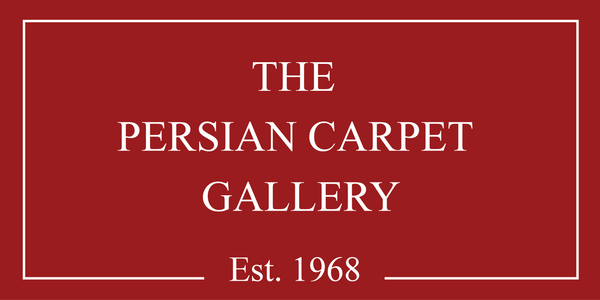Floral Mashhad Carpet in Museo Poldi-Pezzoli, Milan
Floral Carpet with Arabesques – A Masterpiece of Persian Weaving
Origin: East Persia, Late 16th Century
Current Collection: Museo Poldi-Pezzoli, Milan
Dimensions: 432 x 258 cm (170 x 102 in.)
Knot Density: Persian knot, 410,000 knots per sq. m. (26 knots per sq. in.)
Material: Wool pile
A Testament to Safavid Artistry
The late 16th century marked a golden era for Persian carpet weaving, particularly under the reign of the Safavid dynasty. During this period, the city of Herat, then the capital of the Khorasan province, was renowned as a hub of exceptional carpet production. For centuries, historians and collectors believed that Herat held a near-monopoly over the weaving of East Persian carpets. However, it is important to recognize the significant contributions of Mashhad, another historic city of great cultural and religious importance.
Mashhad, a revered pilgrimage site even in the 16th and 17th centuries, played a crucial role in sustaining and advancing the art of carpet weaving. Pilgrims visiting the city often brought lavish offerings to the sacred shrines, fostering a thriving local economy and encouraging the creation of intricate, high-quality carpets. This tradition not only enhanced Mashhad's prominence in the textile arts but also ensured the preservation and refinement of its weaving techniques.
A Rich and Timeless Design
This exquisite floral carpet with arabesques exemplifies the sophisticated artistry of Persian weavers. The field of the carpet bursts with a profusion of meticulously arranged flowers, intricate arabesques, and stylized palmettes. Unlike the rigid symmetry often seen in later designs, this piece embraces a more organic, free-flowing arrangement, lending it a dynamic and almost painterly quality. The motifs extend gracefully into the wide border, where they reappear in harmonious repetition, framing the composition with elegance.
Every knot in this carpet tells a story—one of devotion, artistic excellence, and a deep cultural heritage that has withstood the test of time. As one of the finest surviving examples of Persian weaving from this period, this masterpiece continues to captivate collectors, historians, and art lovers around the world.

